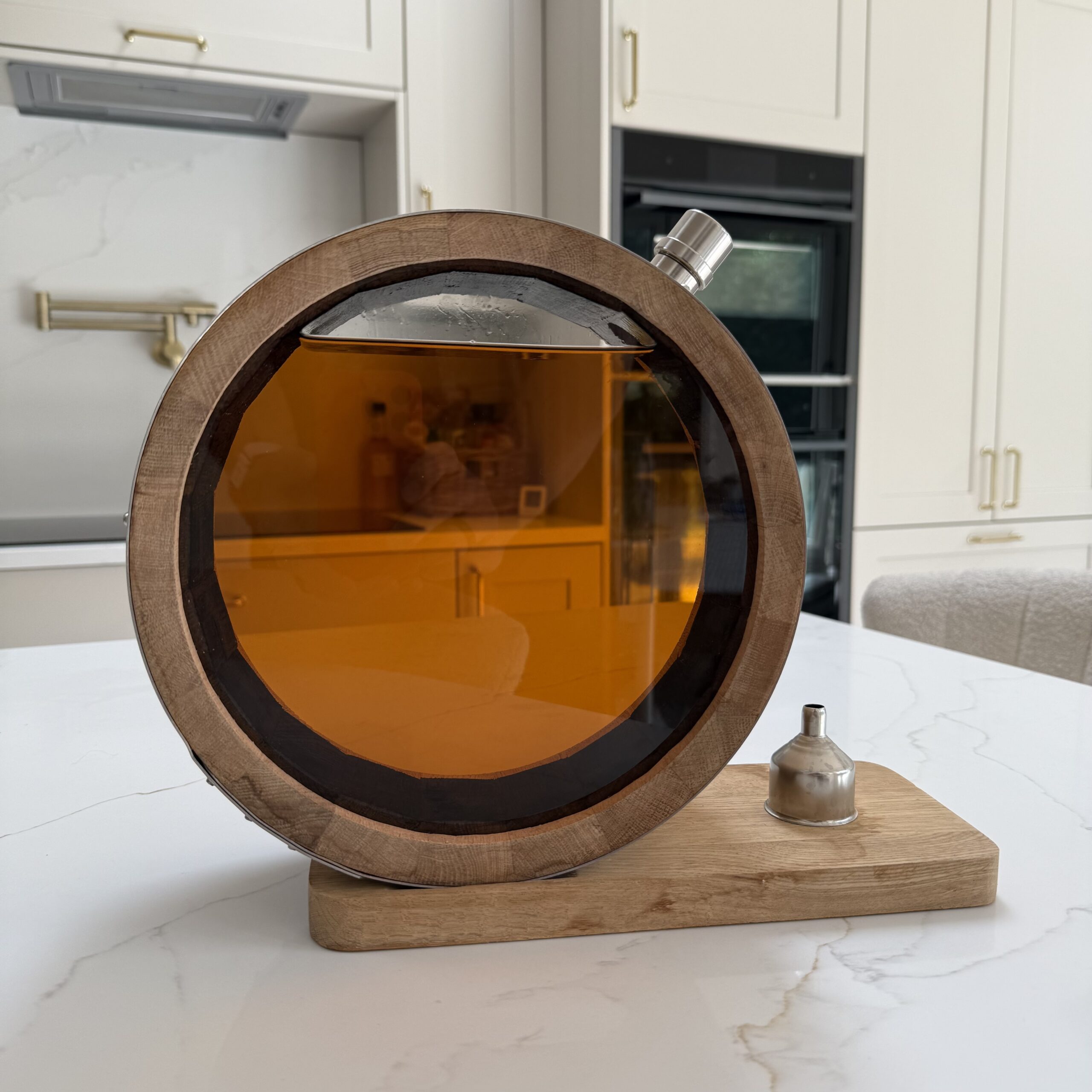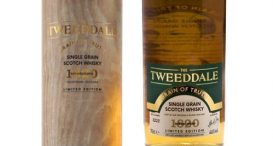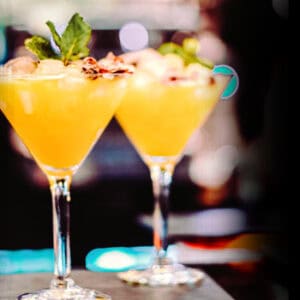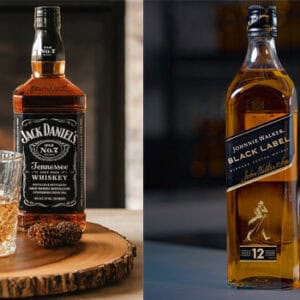Alcohol Duty Differences Across Europe
For whisky distillers and producers, few subjects are likely to be considered as touchy and as sensitive as those relating to excise duty.
When Scottish Parliament first started to tax whisky distillers, this sparked a mass production of illicit distilleries and one of the largest smuggling rings in the world. Similar patterns emerged in the USA, particularly in the form of prohibition. While things have thankfully changed since then (mostly for the better) alcohol is still heavily taxed.
Needless to say, with rising energy costs, out of control inflation, price hikes, global conflicts, the after-effects of a pandemic, and ever rising interest rates, we’re all feeling the financial pinch, particularly those of us in the whisky distilling business.
Different countries across the UK (United Kingdom) and the EU (European Union) levy excise duties on alcohol that has been distilled, I.E whisky/whiskey. This is an excise tax that is applied to goods on purchase. But how do these taxes differ across Europe and the UK? Well, let’s take a look, shall we?
What is an excise tax?
Even though you’re likely familiar with the basics behind an excise tax, it pays to have a clearer, broader, and better understanding of what the tax is. This is what we’ll cover now.
Basically, an excise tax is a specific form of tax that a government imposes on a specific activity or good. Typically you will find excise taxes levied on things such as: soda, fuel, cigarettes and tobacco, amusement activities, betting, insurance premiums, and of course, alcoholic beverages.
In Europe, a standard bottle size is 23.7oz, or 700ml. Spirits including gin, vodka, rum, and of course, whisky, will contain an alcohol content of at least 40%, if not more. As you know, whisky/whiskey is often in the 50% ABV region, rather than 40%.
In Europe, typical average excise duty imposed on a 700ml bottle of spirit with a minimum ABV of 40% was, as of July 2021, €5.13.
Where are the highest excise duties?
The highest excise duties (as of July 2021) are in Ireland, Sweden, and Finland. Here, the rates are €11.92, €13.80, and €14.10 respectively.
Where are the lowest excise duties?
We’ve looked at the countries with the highest excise duties, but what about the lowest excise duties? Well, Bulgaria comes out on top (or should that be, on the bottom?) with an excise duty of just €1.57 charged for a 700ml bottle of 40% ABV spirit.
Up next, we have Romania, with an excise duty of €2.10, closely followed by Croatia, with an excise duty of €2.22.
Which countries consumed the most recorded litres of alcohol per adult?
Despite people in the UK having a reputation for drinking a lot of alcohol, in 2016, Germany, the Czech Republic, and Lithuania all officially consumed the most recorded litres of alcohol per adult in the European Union.
Perhaps not surprisingly, all three of these countries have excise duties which are either close to, or below the European average.
Excise Duties on Distilled Spirits in European Union (EU) Member States and the United Kingdom (UK)
*As of July 2021
Photo by Josh Olalde on Unsplash
Greg
You might be interested in
More from the blog
Follow greatdrams
latest articles
Latest whisky
exclusively from GreatDrams
-

The GreatDrams Signature Barrel Decanter
£200.00 – £370.00













